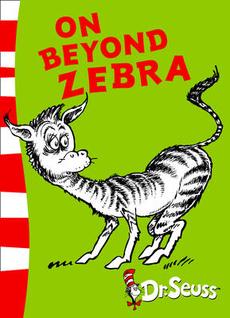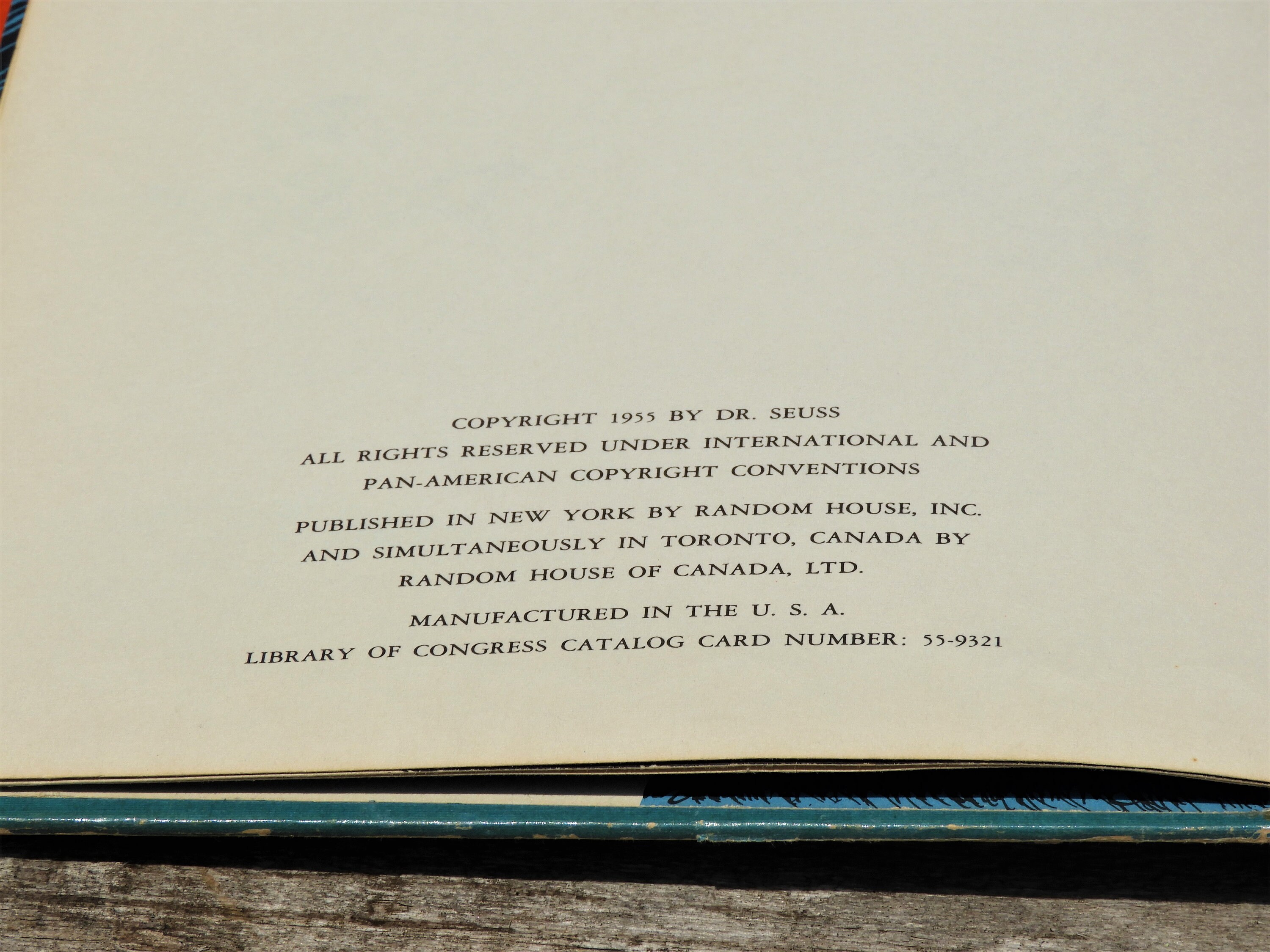

Nonsense words deliberately draw attention to rhyme. Still, why use words in a children’s book not recognized by spellcheck at a time when language development is so central to their education? “Kids know you’re not supposed to color on the walls.” A story’s fantastical elements can help foster a dialogue between the parent reading to the child, especially about moments that don’t “align with our morals or our traditions or culture,” she said.Īn excerpt from “What Pet Should I Get?” released Tuesday, 25 years since the publication of Seuss’s last book, “Oh, the Places You’ll Go!” Image courtesy of Dr.

“Kids understand that fairy tales are fairy tales,” Goodwin said. Seuss ends that book, which features the mother asking her kids about their day after the Cat unleashed chaos on the house, with a question: “Well … what would YOU do if your mother asked YOU?” It’s important to discuss the larger question of inviting strangers in the house that’s embedded in “The Cat in the Hat.” It’s important to answer their questions about the Sneetches, so they can better understand the plot. Goodwin said it’s important to laugh with your kid at a book’s silliness. “It’s not just about reading from the beginning to the end.” “The more parents talk about the story with the kid, the better their literacy development,” she said. It comes from wanting their kids to do really well.”īut, she added, the silliness can drive useful conversations, fuel creativity and ultimately help children better understand language. Goodwin, an assistant professor in language, literacy and culture at Vanderbilt University. Parents’ concerns over Seuss’s use of language are “legitimate,” said Amanda P. Pages from 1950’s “If I Ran the Zoo.” Photo by Joshua Barajas/PBS NewsHour Consider, for example, this line from “Fox in Socks”: “THIS is what they call a tweetle beetle noodle poodle bottled paddled muddled duddled fuddled wuddled fox in socks, sir!” Indeed, page after page, Seuss’s stories are filled with rhyming tongue twisters and nonsense words - like Nerkles or wockets in pockets or Floob-Boober-Bab-Boober-Bubs. Then when my kids start making up words I have to be the bad guy and shoot them down.” I said it.”Īnd there’s this commenter from a online Goodreads discussion. There’s Amy Mascott, a state-certified reading specialist in Maryland, who wrote a blog post two years ago that began with a confession: “I don’t love Dr. ‘I don’t know what any of this stuff is!'” She writes about losing it while reading Seuss to a group of children: “‘I DON’T KNOW WHAT A TRUFFULA TREE IS!’ I shriek. Seuss help? Heck, he knew so few words that he had to make most of his up.” “I always thought the point of reading to children was to teach them about language,” she writes. There’s Jennifer Graham, who once took to The National Review as a frustrated mom. Seuss EnterprisesĪmid the adoration is a small but vocal group of parents who take issue with the author’s use of nonsensical language. Photo of Theodor “Ted” Seuss Geisel, better known as the beloved children’s author Dr.


 0 kommentar(er)
0 kommentar(er)
